Oh no, your furry friend has gone missing? That's every pet owner's nightmare! But don't worry, we're here to help you through this tough time with some practical tips on how to find a lost dog. Knowing the right steps to take can significantly increase your chances of being reunited with your furry friend. In this comprehensive guide, we'll explore effective methods to track down a lost dog and discuss the crucial role that both indoor and outdoor home security cameras can play in this process.

Search immediately and thoroughly
When your dog goes missing, time is of the essence. The longer they are out, the further they could potentially travel, making them harder to find. Here’s what you need to do immediately.
-
Act Fast: The first few hours are crucial. Begin your search as soon as you realize your dog is missing. This increases the chances of finding your pet close to home before they can get too far away.
-
Check Common Hiding Spots: Dogs often seek shelter in places that feel safe and familiar. Start by checking around your house and yard thoroughly. Look under vehicles, inside garages, behind bushes, and in other places where your dog might hide. They might be scared and hiding close by.
This initial search is about quick, comprehensive action. Cover as much ground as you can and ask family members or friends to help spread out and cover more area. The more people looking, the better your chances of locating your dog quickly.
Spread the word
After conducting a thorough initial search, the next critical step is to notify as many people as possible. This will exponentially increase the number of eyes on the lookout for your lost dog.
-
Notify Neighbors: Immediately inform your neighbors about your missing dog. The more people in your immediate area who are aware, the better. Encourage them to check their yards, sheds, garages, and any other possible hiding spots. It’s also a good idea to ask them to keep their garages and gates closed to prevent your dog from wandering into a new hiding place on their property.
-
Use Social Media: Harness the power of social media to reach a broader audience quickly. Here’s how to do it effectively:
-
Post on Local Community Groups: Facebook groups, Nextdoor, and other community forums are incredibly useful. Make your post public and ask members to share it.
-
Lost Pet Databases and Apps: Websites like Pet Amber Alert, Lost My Doggie, or the ASPCA app can broaden your search. These platforms are specifically designed to alert local members about lost pets.
-
Include Essential Details: Make sure your posts include clear, recent photos of your dog. Highlight any distinctive markings or features. Provide a brief description, including name, size, color, and any special needs. Don’t forget to include your contact information and a request to contact you immediately if someone spots your dog.
By spreading the word both offline and online, you significantly enhance the likelihood of someone recognizing and reporting your dog’s whereabouts. This dual approach ensures that your community becomes a large network of helpers in your search effort.
Create flyers and posters
While digital alerts and notifications are effective, traditional methods like flyers and posters remain powerful tools in spreading the word about your lost dog. Here’s how to create and distribute effective flyers and posters.
-
Design for Visibility: Your flyer should grab attention. Use bright colors and large, readable fonts. A simple, uncluttered design ensures that the information is easy to digest quickly.
-
Include Essential Information:
-
Clear Photo: Use a recent, clear photo of your dog where they are easily recognizable. If possible, include multiple angles or distinctive features.
-
Contact Information: List your phone number and email address. Consider including a secondary contact if available.
-
Brief Description: Include a short description of your dog, noting their name, color, breed, size, and any unique markings or characteristics. If your dog has any medical issues or if there’s a reward, mention this as well.
-
Print in Various Sizes: Larger posters can be effective for placing in high-traffic areas such as community centers, pet stores, and parks. Smaller flyers are ideal for door-to-door distribution in your neighborhood and for bulletin boards in local businesses.
Creating and distributing flyers and posters not only increases the visibility of your search but also enlists the local community in your efforts, creating multiple opportunities for someone to recognize and report sightings of your lost dog.

Use the power of scent
Harnessing a dog's remarkable sense of smell is a frequently overlooked tactic in aiding a lost dog's journey back home. With their unparalleled olfactory abilities, dogs can track scents over considerable distances, making it a crucial element in facilitating their return to familiar surroundings. Here's a guide on leveraging this capability to your advantage.
-
Leave Scented Items Outside: Position items imbued with your scent or the scent of your home outdoors. These items may encompass bedding, toys, and articles of clothing.
-
Create a Scent Trail: Alongside stationary items, consider gently dragging a piece of clothing or a toy from the last known whereabouts of your dog towards your residence. This technique can potentially forge a trail for your dog to trace back home.
-
Position Items Strategically: Place these items around the perimeter of your house and at any nearby locations where your dog was last seen. If you live on a larger property, consider placing items along the edges and at various access points where your dog might re-enter.
Using scent to guide your dog home works best in conjunction with other methods, such as spreading the word and posting flyers. The familiar smells act as an invisible thread, potentially guiding your dog if they are disoriented or scared, helping to soothe and attract them back to safety.
The role of aosu home security cameras in finding a lost dog
By integrating aosu home security cameras, you can markedly augment your capability to find a lost pet and safeguard their welfare. These devices boast multiple functionalities that prove invaluable both during and after the event of a lost dog.

Monitoring and alerts
-
Real-Time Monitoring:
-
Continuous Surveillance: aosu outdoor security cameras that feature live streaming capabilities allow you to keep an eye on your property around the clock. This continuous monitoring can be crucial in observing when and if your pet returns home.
-
Spot Unusual Activity: aosu’s cameras help you monitor any unusual activity around your property, such as your dog returning or potential sightings near your home.
-
Motion-Activated Alerts:
-
Immediate Notifications: Including aosu’s products, many modern security cameras are equipped with motion detection technology that sends instant alerts to your smartphone or other connected devices when movement is detected.
-
Crucial for Quick Response: This feature is particularly important for spotting your dog if they come near your home or if someone else—possibly someone who has found your dog—approaches your property.
Review footage
-
Trace Your Dog’s Steps:
-
Directional Insight: Reviewing the footage can provide vital clues about the direction your dog took when they left, helping you to narrow down search areas and plan your recovery strategy more effectively.
-
Timeline Establishment: Understanding when your dog escaped can also correlate with other sightings or information you gather during your search.
-
Evidence Collection:
-
Support for Investigations: If you suspect that your dog was stolen, the footage from your security cameras becomes a critical piece of evidence in police investigations, potentially helping to track down the thief and recover your pet.
Prevent future incidents
-
Deterrent to Thieves:
-
The mere presence of visible security cameras can act as a strong deterrent to potential pet thieves and other criminals, reducing the risk of future incidents.
-
Ensure Long-Term Security:
-
Even after locating your dog, security cameras remain essential for continuous monitoring of your property, ensuring ongoing safety and observation of your pet's environment, deterring potential risks, and providing pe
Security cameras not only aid in the immediate recovery of a lost dog but also contribute to the overall safety and security of your home, offering long-term benefits and ensuring that both your family and pets are protected.
Wrap-up and next steps
Finding a lost dog requires prompt and effective action, and integrating technology like home security cameras can significantly aid in these efforts. Remember, the key is to stay calm, organized, and proactive in your search efforts.
If you've recently been reunited with your pet thanks to technology or clever searching, we'd love to hear your story! And don't forget, maintaining an updated tag and microchip can prevent many such situations in the first place.
For those interested in enhancing their home security, checking out our different types of security cameras might be your next best step. Not only for the safety of your pets but for your entire home. If you need more personalized advice on selecting the right cameras, feel free to drop us a message!







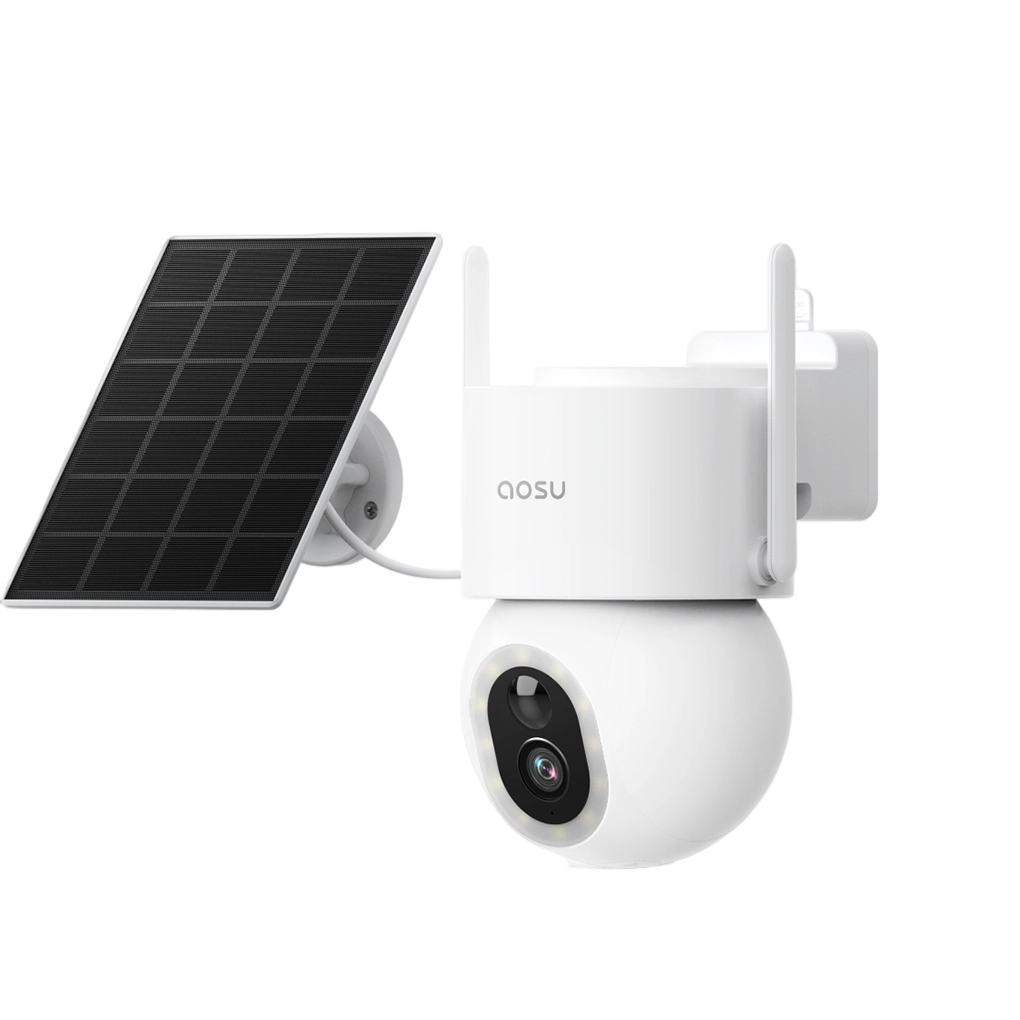













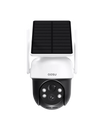
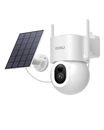
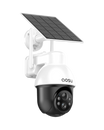
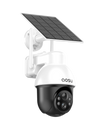
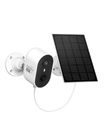

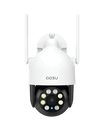
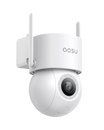
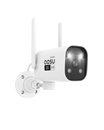




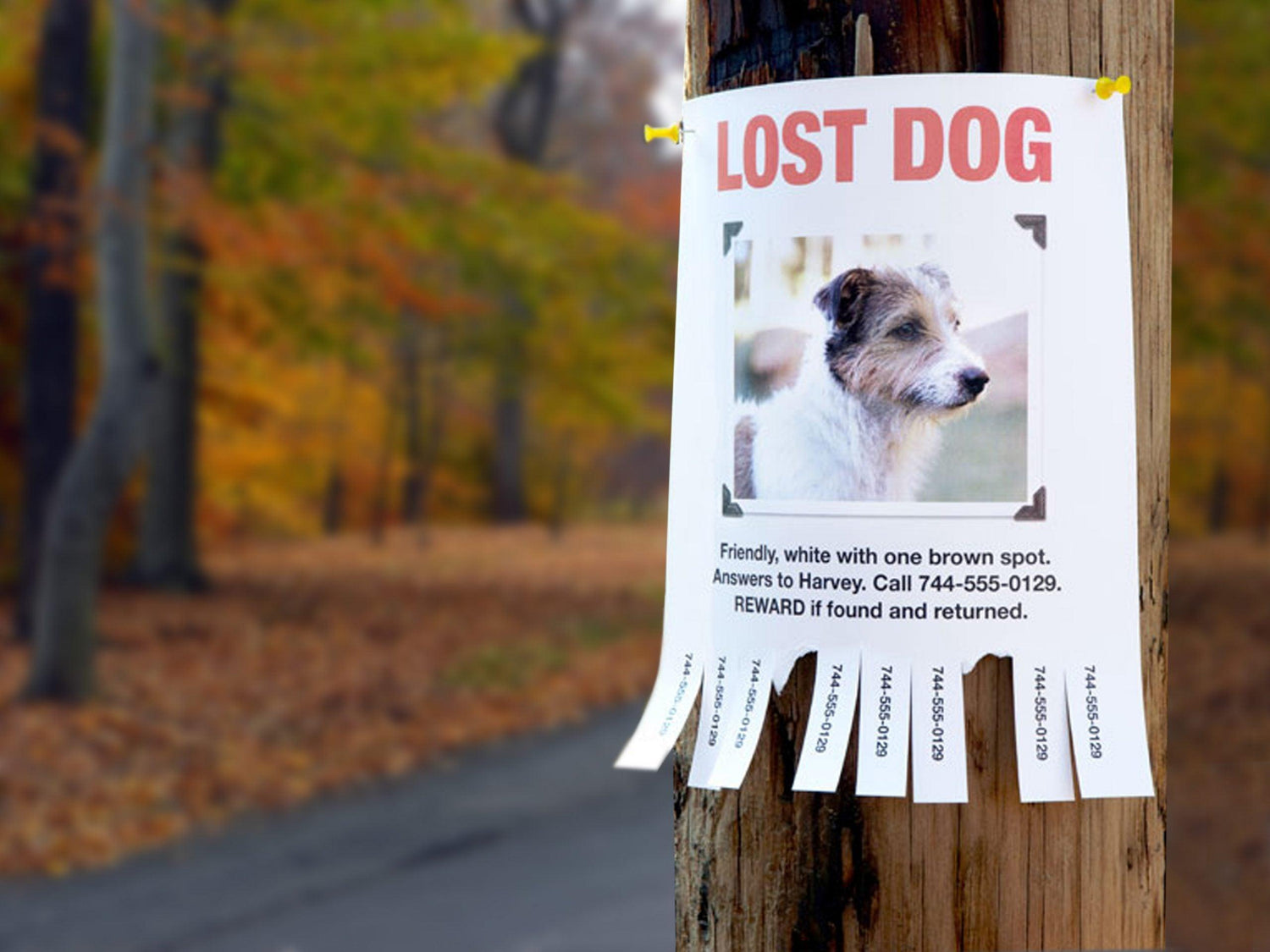
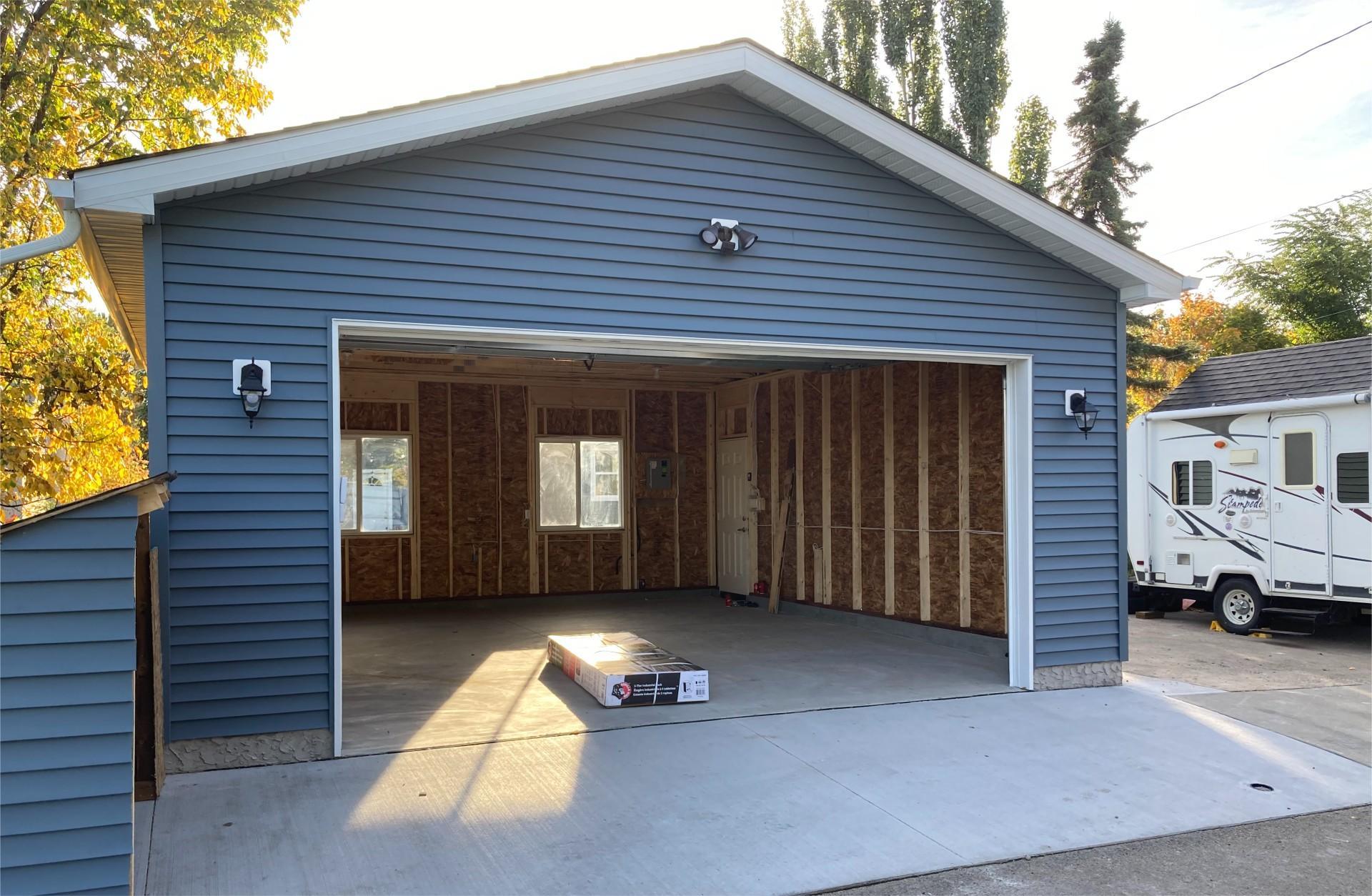
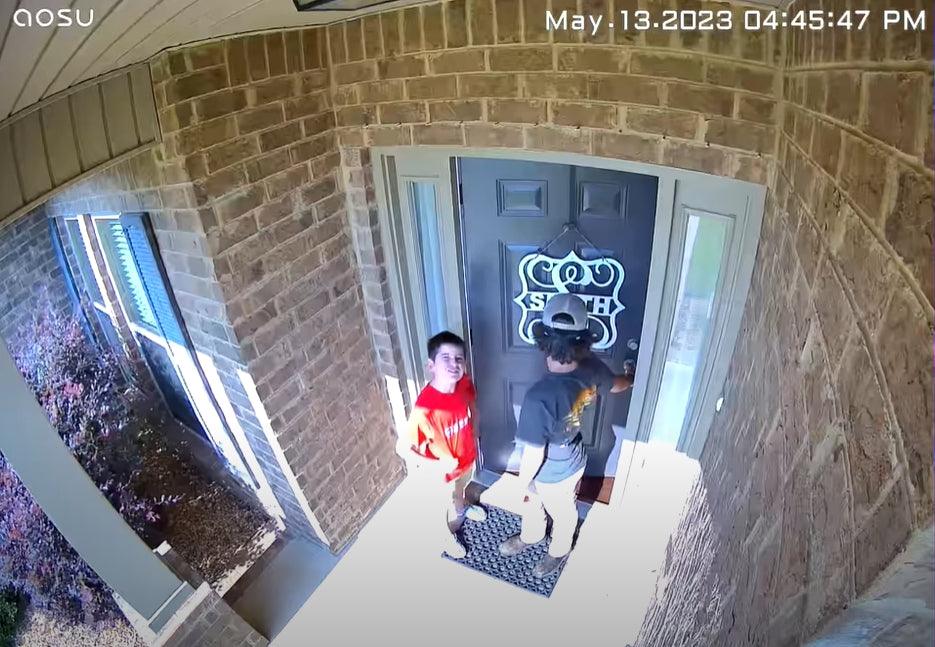

Leave a comment
This site is protected by hCaptcha and the hCaptcha Privacy Policy and Terms of Service apply.